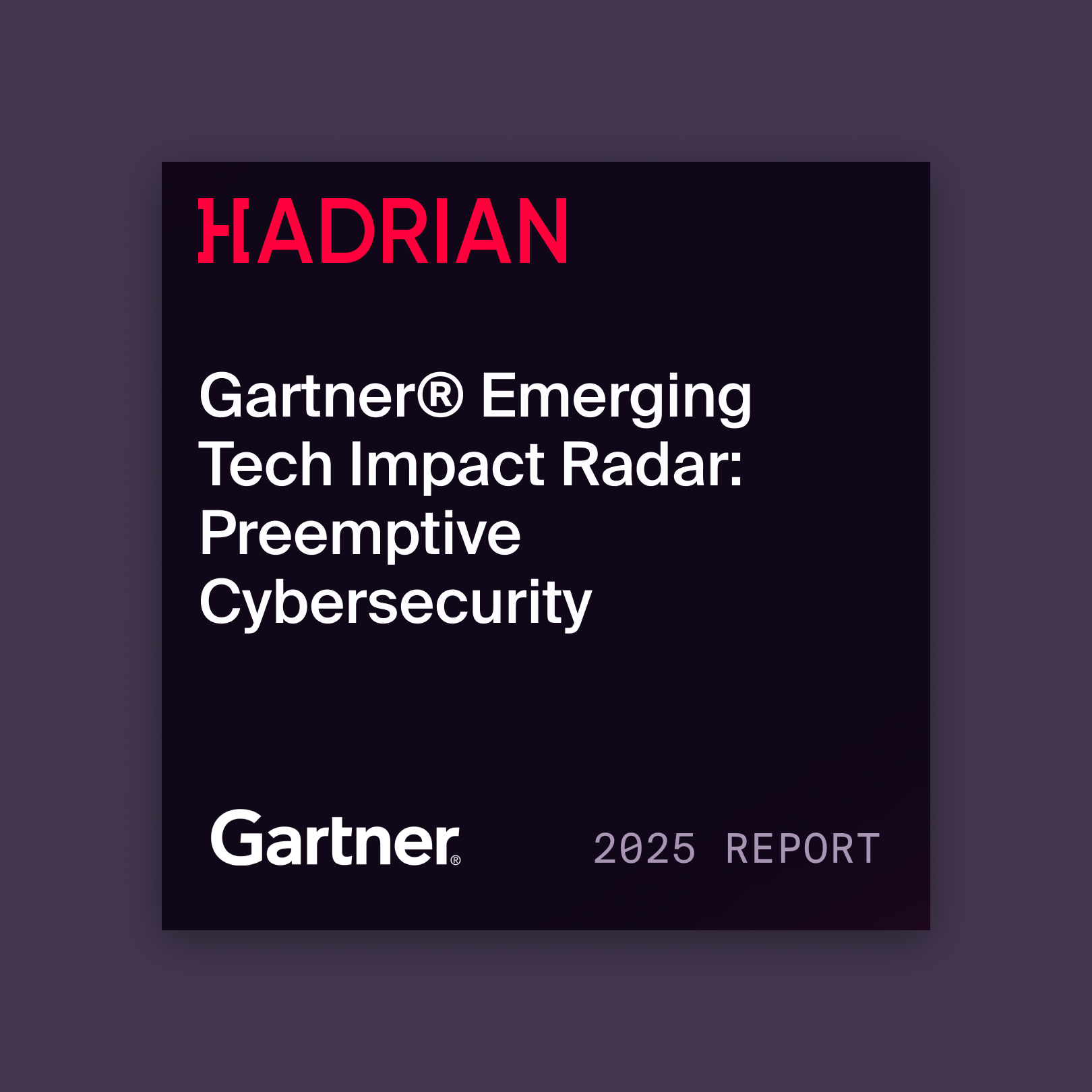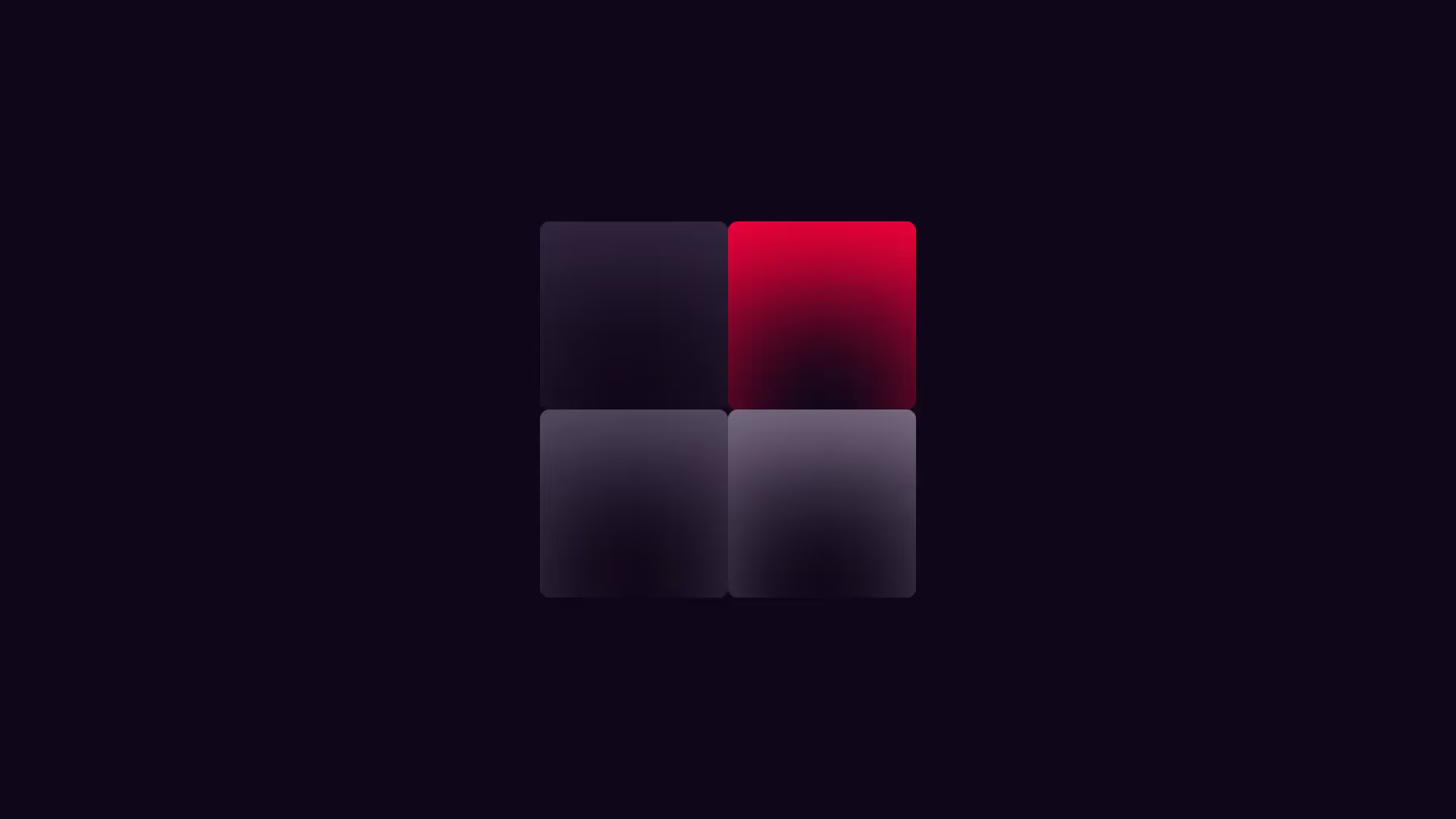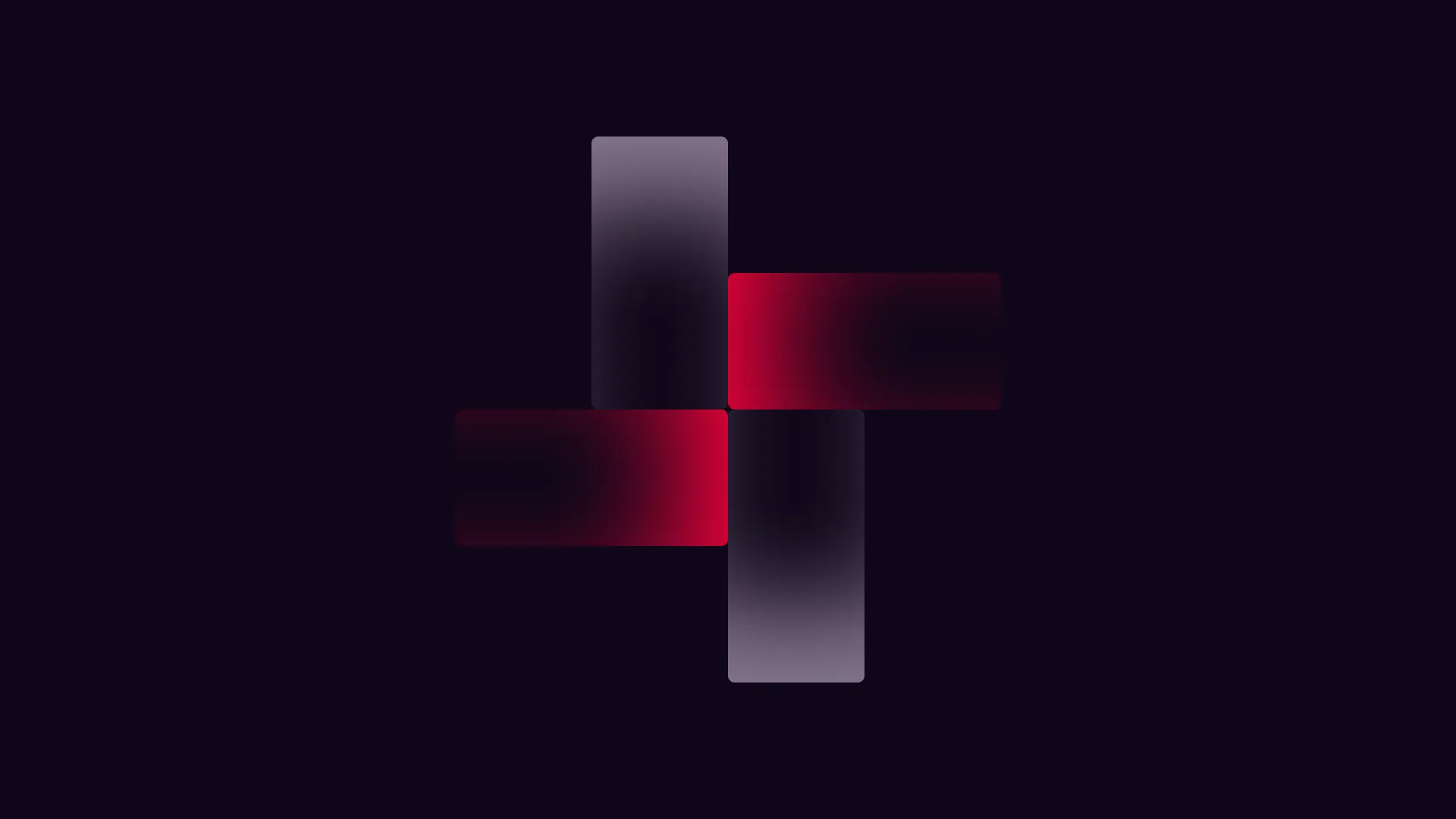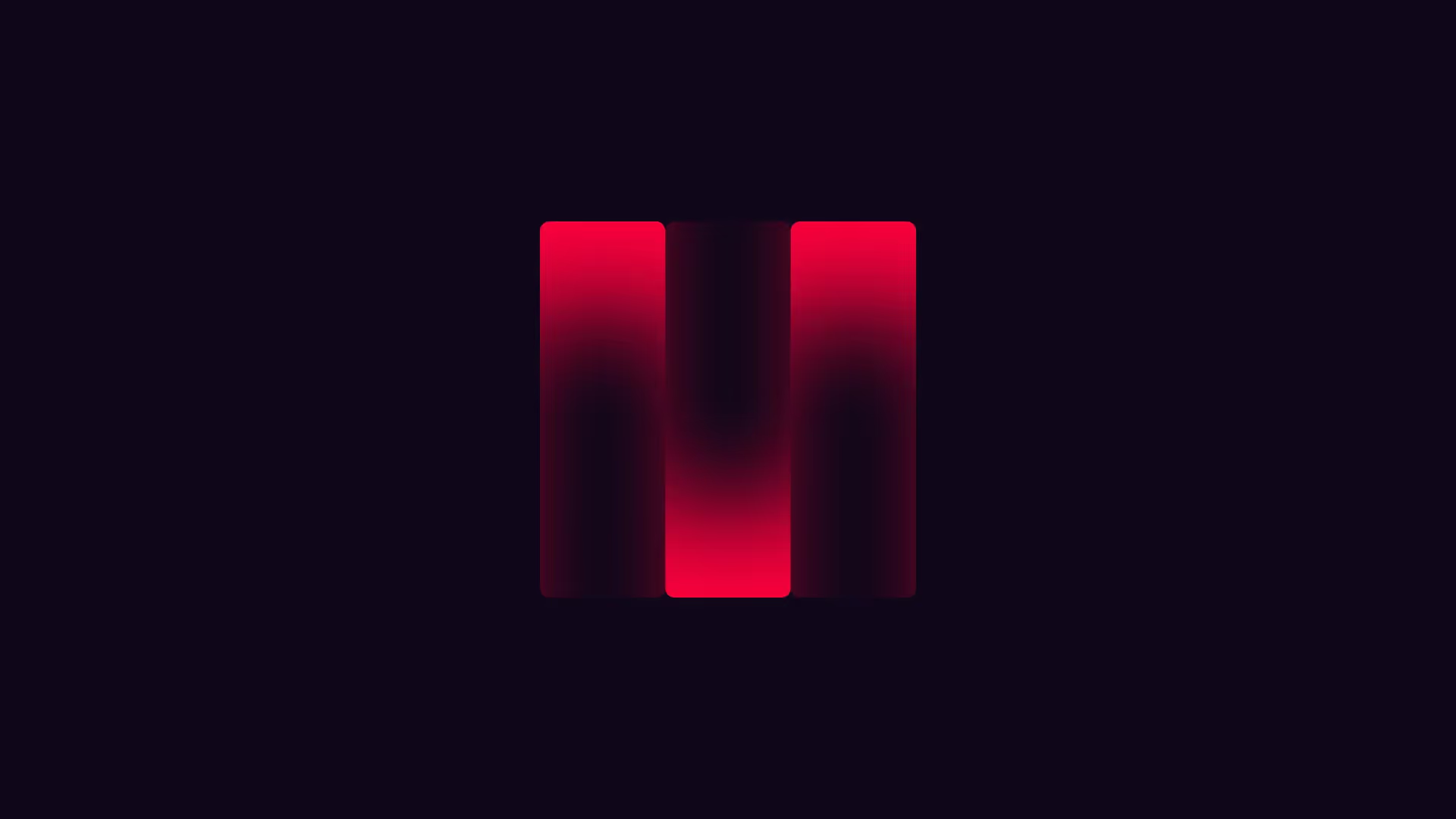
Security teams today face more than just rising threats—they face rising complexity. The pace of change is simply too fast, and the stakes are high. That’s why many organizations are shifting toward Continuous Threat Exposure Management (CTEM)—a proactive approach that treats cybersecurity as a living, breathing process, not a static status check.
At the heart of CTEM is a shift in perspective. Instead of starting from what you think you own, it begins from the outside—just like a hacker would. This outside-in viewpoint reveals what's exposed on the internet at any given moment, helping security teams understand their risk in real time, validate it through live testing, and act swiftly based on what actually matters.
What makes CTEM different?
Legacy security frameworks often rely on internal inventories and preconfigured assumptions. They ask, “What systems do we manage, and how can we protect them?” Continuous Threat Exposure Management flips the script. It asks, “What’s visible to the outside world—and what can be breached right now?”
This shift is more than just philosophical. It’s practical. CTEM unifies asset discovery, contextualization, risk validation, prioritization, and action into a continuous loop. By constantly uncovering emerging assets—including those from subsidiaries, cloud deployments, or third-party services—CTEM helps teams maintain a living map of their external environment. This visibility is fully contextualized as it connects assets to their business relevance and ownership. That connection makes remediation not just possible, but purposeful.
Risk validation also plays a central role. Instead of simply scanning for known vulnerabilities, CTEM looks at real-world attack behaviors to determine which exposures are actually exploitable. This active validation ensures teams aren’t distracted by theoretical issues, but instead focus on the risks that pose immediate, material threats to the organization.
Why outside-in is the smarter way to secure
Traditional security tools depend on inside knowledge—CMDB records, IP lists, and testing criteria. This knowledge creates assumptions that leave gaps. Attackers exploit what’s visible, not what you have a record of. If it’s live, misconfigured, or connected to a high-value target, it’s a potential path in.
CTEM tools mirror this logic. They don’t require preloaded data to begin mapping your digital footprint. Instead, they autonomously identify and attribute assets across your entire business structure, including often-overlooked or difficult-to-monitor entities like cloud services and business units acquired through mergers. By doing this continuously and globally, CTEM makes sure that your visibility never goes stale.
Managing an expanding attack surface
Organizations are spinning up infrastructure at record speeds—whether it’s new apps, containers, cloud workloads, or third-party SaaS platforms. Each new deployment increases the external footprint, often outside the view of the CISO. Shadow IT and decentralized development practices further complicate this picture.
CTEM should respond to this expansion with scalable reconnaissance and classification. It automatically discovers all internet-facing assets and then evaluates them based on business context. It looks at where an asset lives in the organization, what it’s connected to, and how critical it is to operations. This business-aware approach helps teams understand not just what exists, but what matters.
Adapting to constant change
Even known assets are in constant flux. A simple update, a minor configuration tweak, or a third-party integration can unintentionally introduce new risks. Even small changes can ripple outward and create larger vulnerabilities.
CTEM platforms detect these changes as they occur. They track what’s happening to each asset, when it was last modified, and how that change may have introduced risk. Crucially, they provide supporting evidence that allows teams to investigate with clarity, rather than guesswork. This live feedback loop reduces alert fatigue and ensures resources are directed where they’re needed most.
Prioritizing what really matters
Conventional risk scoring, like CVSS, provides a broad indication of severity—but not all high scores translate to high business risk. Continuous Threat Exposure Management approaches prioritization differently. It considers whether a vulnerability is known to be weaponized, how visible the asset is to external actors, and how critical that asset is to business continuity.
This context-rich view transforms vulnerability management into something more strategic. Teams can act on a prioritized list that reflects the actual threat landscape, not a theoretical one. That means less time chasing low-impact issues and more time resolving critical exposures.
{{cta-aev}}
From detection to action as fast as possible
Where traditional models often leave remediation to manual follow-up made up of long inefficient processes, CTEM platforms streamline the entire process. Active testing confirms whether a risk is exploitable. Evidence is automatically captured and linked to each alert. Remediation steps are delivered in-context, alongside data that explains attacker behavior and business impact.
Once issues are resolved, CTEM retests the environment to confirm success. This not only speeds up the remediation cycle but also ensures that nothing slips through the cracks.
How Damen stayed on top of their expanding attack surface with CTEM
Continuous Threat Exposure Management was a game changer for Damen Shipyards Group, who were inundated with noisy alerts based on security scores. They were looking for a way to discover their ever-expanding landscape of internet-facing assets and validate the risks within based on business impact.
Hadrian’s Offensive Security platform helped Damen strengthen their security posture by continuously scanning for new and modified assets, and then filtering out the theoretical risks so Damen’s CISO Hans Quivooij could focus on the vulnerabilities that had business impact.
“Other tools we evaluated generated a lot of alerts that had no value to us and created a huge backlog for our team to investigate. Hadrian enables us to pinpoint the real security issues that we should be working on," Quivooij added.
{{manufacturing-cta}}
Take control with Continuous Threat Exposure Management
Continuous Threat Exposure Management helps you regain control. It shows you what’s exposed from the outside. It validates what attackers can really use against you. And it helps you respond—not with panic, but with precision.
By adopting an outside-in, continuous approach to threat management, security teams can move beyond chasing risk. They can stay ahead of it.









